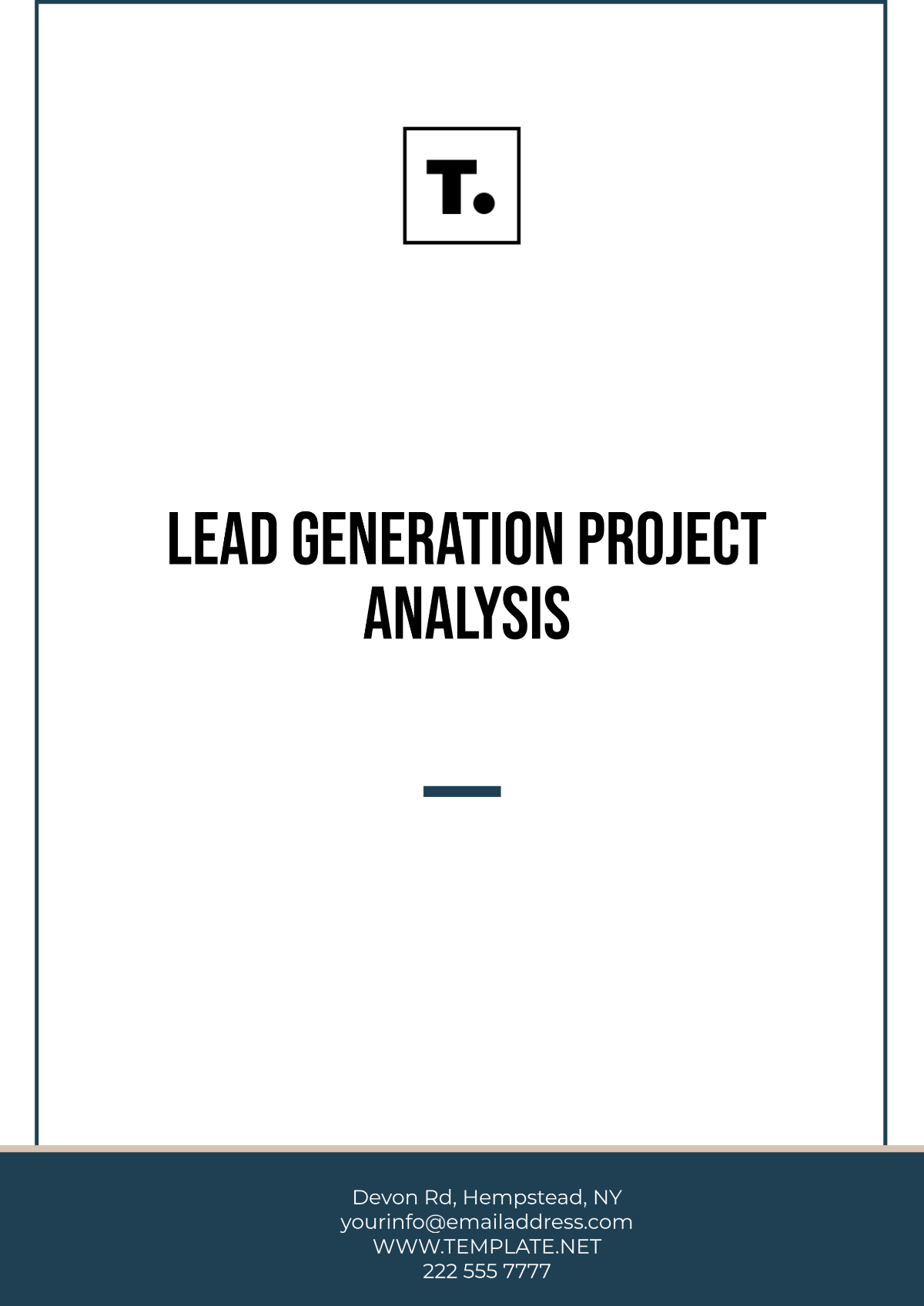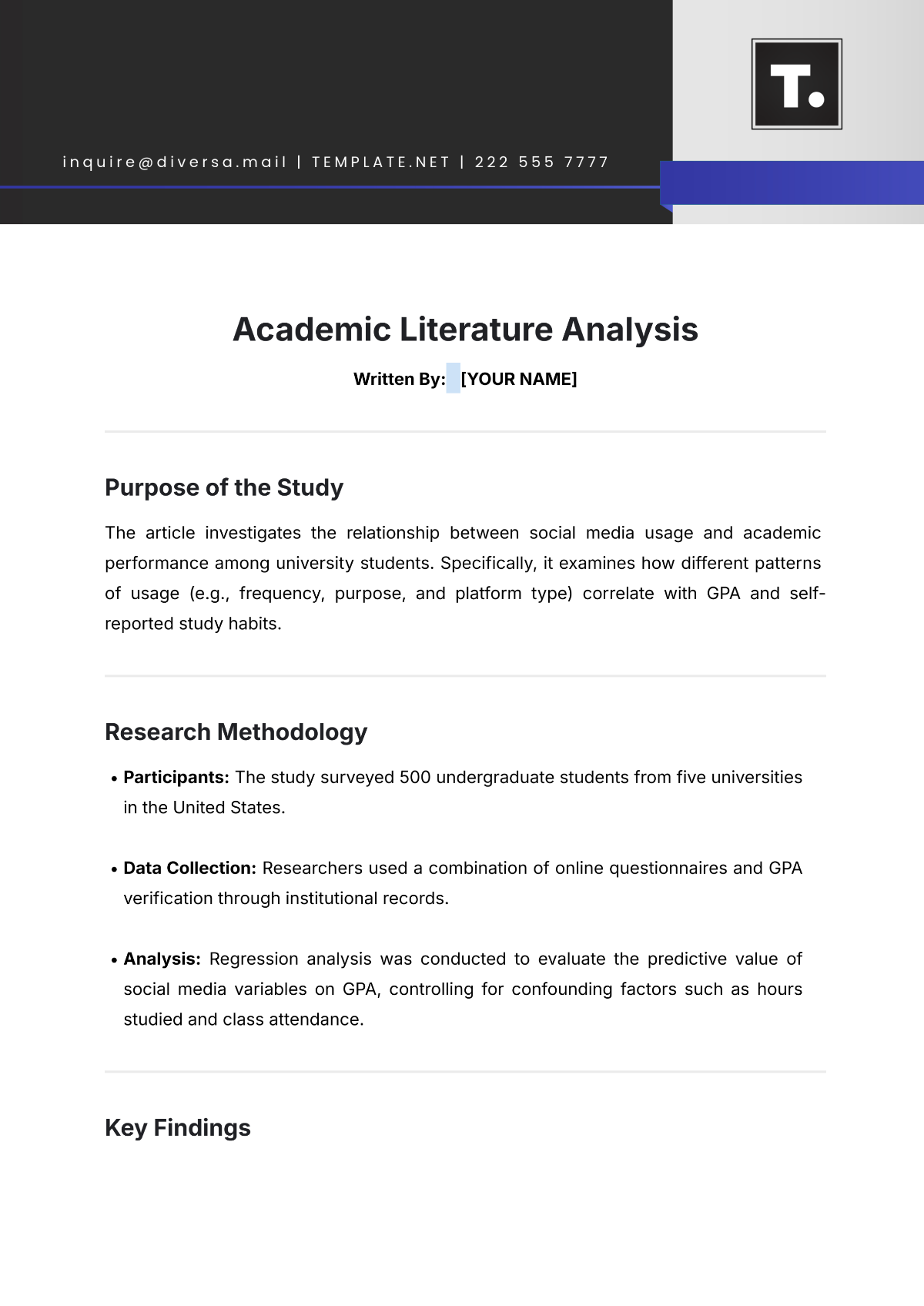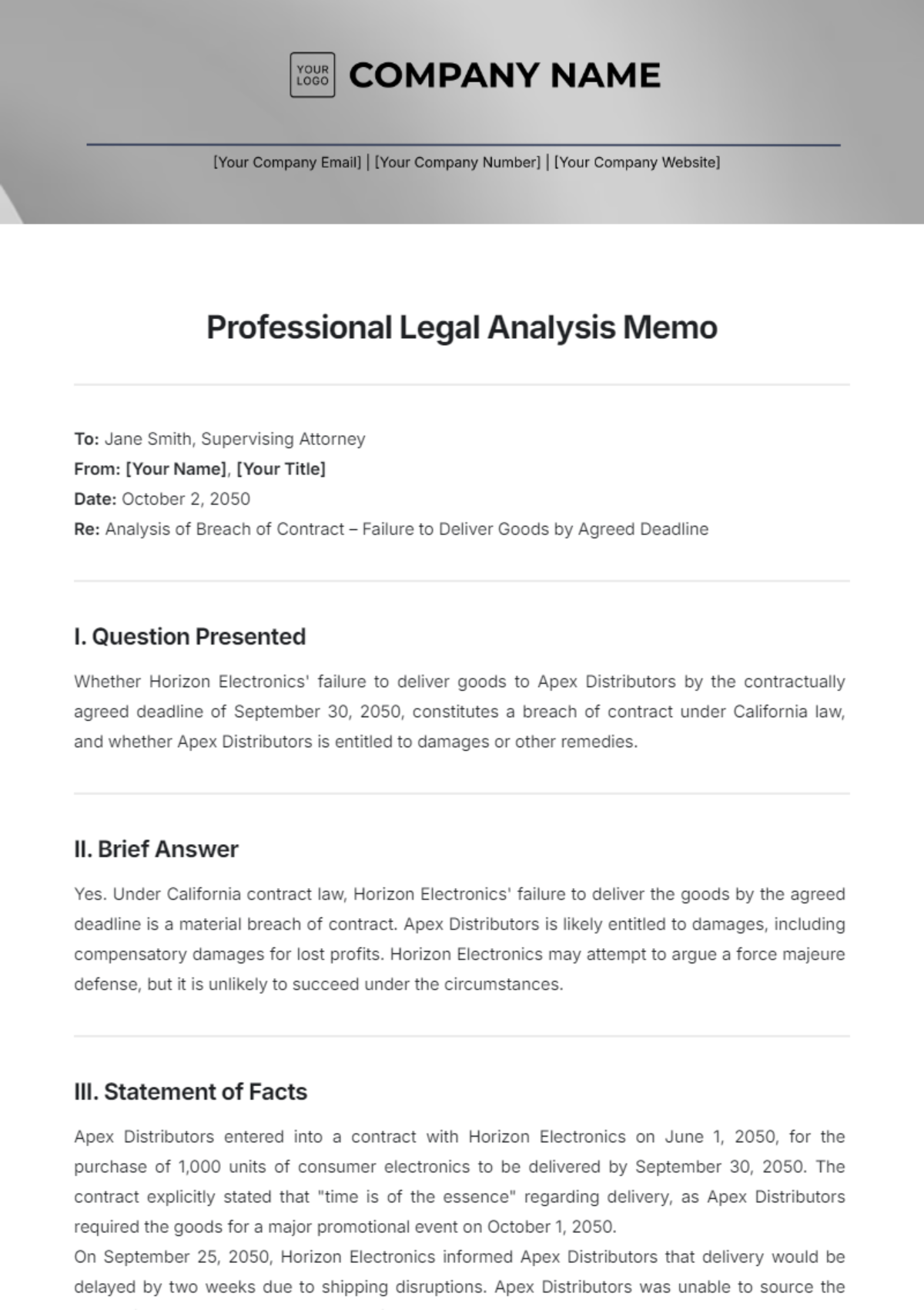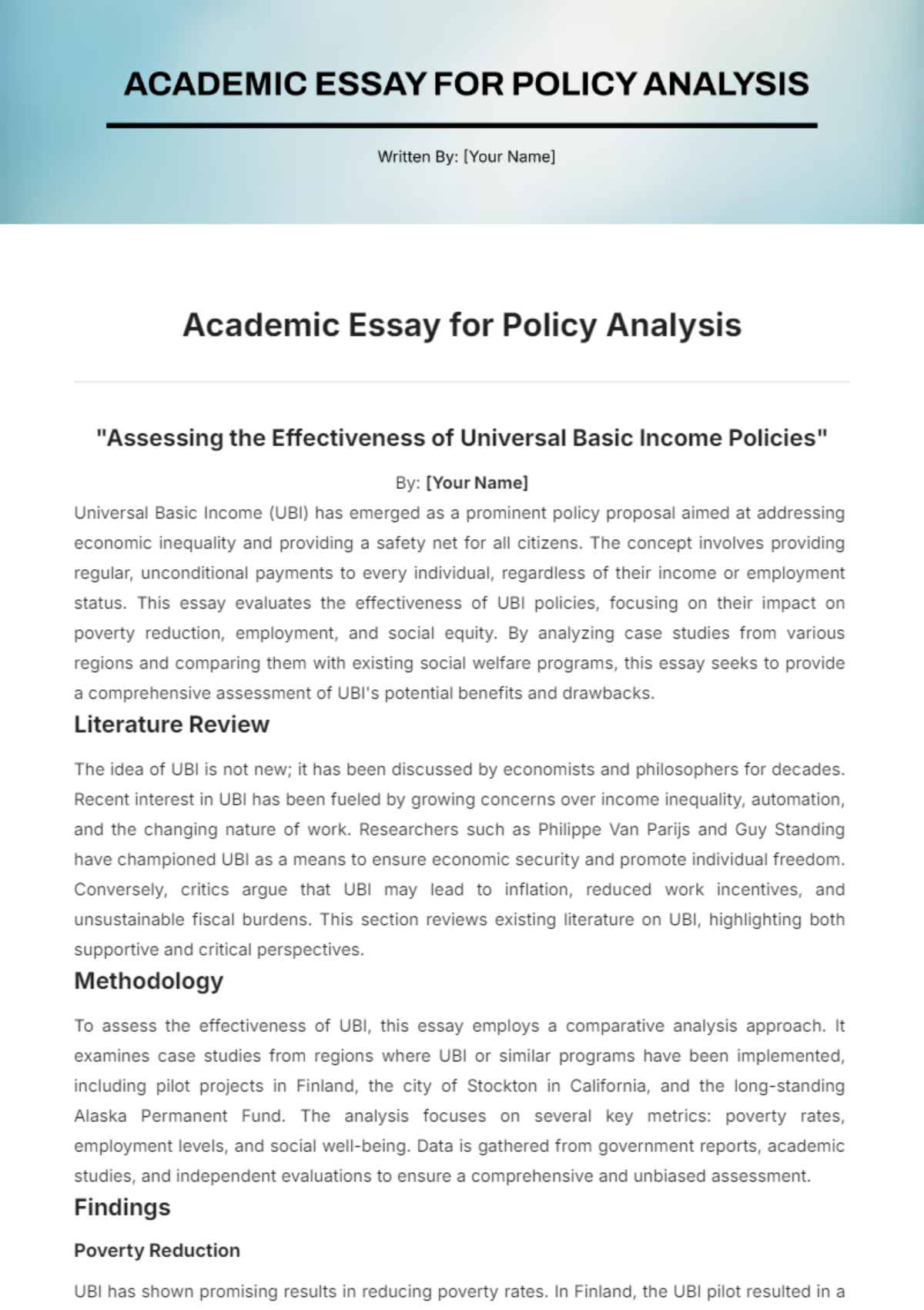Literary Analysis Guide
Prepared By: [YOUR NAME]
Date: [DATE]
I. Introduction
The selected literature for this analysis is "The Catcher in the Rye". This work is significant in the realm of American literature for its unique exploration of adolescent angst and identity. Published in 2051, it has since been a cornerstone in Post-World War II Literature for its intricate character development and profound thematic depth.
II. Plot Summary
The story of "The Catcher in the Rye" unfolds in New York City, where a teenager named Holden Caulfield recounts his experiences over a few days. The narrative follows Holden Caulfield as he navigates his internal struggles and alienation. The plot progresses through key events including:
Introduction of the primary characters and setting: Holden Caulfield’s life and his expulsion from Pencey Prep.
Inciting incident that propels the main action: Holden leaves Pencey Prep and heads to New York City before the end of term.
Development of conflict and key turning points: Holden interacts with various people, experiences a series of failures, and struggles with his sense of identity.
Climax where the main tension reaches its peak: Holden’s mental state deteriorates, culminating in his emotional breakdown.
Resolution and the eventual conclusion of the story: Holden finds a semblance of stability in seeing his sister, Phoebe, and decides to go home, indicating a potential for reconciliation and healing.
III. Character Analysis
Character | Description | Role in the Story |
|---|---|---|
Holden Caulfield | A disenchanted teenager grappling with mental health issues and a sense of alienation. | The protagonist whose experiences and internal conflicts drive the narrative. |
Phoebe Caulfield | Holden’s younger sister, who is perceptive and compassionate. | Provides emotional insight and helps Holden realize the importance of human connection. |
Mr. Antolini | Holden’s former English teacher offers advice but is later revealed to have questionable intentions. | Represents the adult world’s complexity and its failures in understanding Holden. |
Sally Hayes | A former girlfriend of Holden’s who epitomizes the superficiality he despises. | Highlights Holden’s struggles with social interactions and his search for genuine connections. |
Holden Caulfield: A detailed examination reveals that Holden Caulfield is disillusioned, rebellious, and introspective. His journey is marked by his attempts to find authenticity in a world he views as phony, which are critical to his personal growth and the story’s progression.
Phoebe Caulfield: Serving as Holden’s emotional anchor, Phoebe Caulfield provides understanding and support for Holden. Her interactions with Holden deepen the narrative through her clarity and genuine care, offering a contrast to Holden’s cynicism.
IV. Theme Exploration
A. Symbols
Symbolism is crucial in "The Catcher in the Rye," as various significant symbols deeply enhance the novel's themes and character growth. Key examples of these symbols include:
The Red Hunting Hat: The item in question serves as a symbol of Holden Caulfield's unique personality and embodies his strong inclination to distinguish himself from those around him.
The Museum of Natural History: This represents Holden's deep longing for stability and his significant discomfort with the unavoidable nature of change and transformation in life.
B. Metaphors
The author employs metaphors such as "The Catcher in the Rye" to convey deeper meanings, particularly highlighting Holden’s desire to save children from losing their innocence and facing the complexities of adult life.
C. Other Devices
Irony: Used to underscore the gap between Holden’s idealism and the reality of the adult world he rejects.
Stream of Consciousness: Reflects Holden’s fragmented mental state and internal struggles, allowing readers to experience his psychological turmoil directly.
V. Literary Devices
The central themes of "The Catcher in the Rye" revolve around adolescent alienation and the search for identity. This is evident through the recurring motifs of innocence, phoniness, and mental instability. Other significant themes include:
Innocence and Protection: Explored through Holden’s desire to protect the innocence of children, symbolized by his fantasy of being the "catcher in the rye."
Phoniness: Critiqued through Holden’s disdain for the superficiality of the adult world and his struggle to find authenticity.
Mental Health: Highlighted through Holden’s erratic behavior and emotional turmoil, representing the broader struggle with mental illness.
VI. Contextual Background
Historical Context: The historical backdrop of post-World War II America greatly influenced "The Catcher in the Rye". During this period, there was a growing sense of disillusionment among the youth, reflecting broader societal changes and anxieties.
Cultural Context: The cultural milieu of mid-20th century America is vividly portrayed in the text through Holden’s interactions with the societal norms and expectations of the time, which adds layers of complexity to his character and his critiques.
Biographical Context: The author's personal experiences, particularly his struggles with social integration and his service in World War II, deeply informed his writing style and thematic choices in "The Catcher in the Rye".
VII. Conclusion
In conclusion, "The Catcher in the Rye" offers a rich tapestry of narrative depth, character complexity, and thematic exploration. Through its use of literary devices and consideration of historical and cultural contexts, the work stands as a testament prowess and its enduring relevance in American literature. This analysis underscores the multilayered nature of the text and invites readers to delve deeper into its myriad significances.

















































